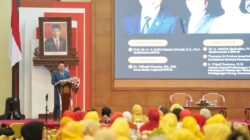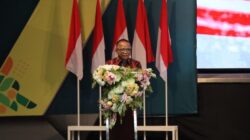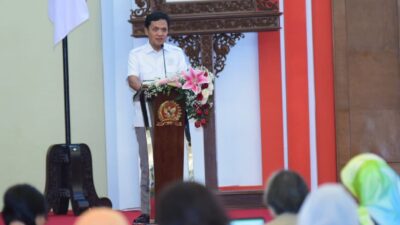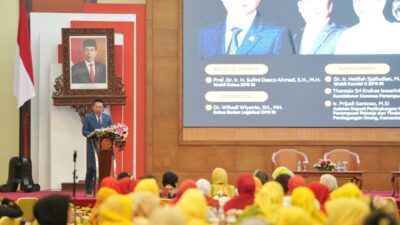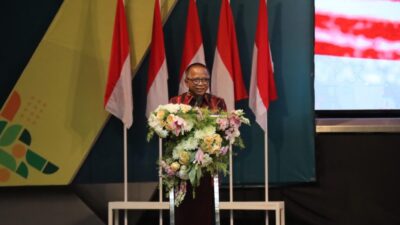Pantas Macet DKI Parah Gila, Ternyata Gini Kondisi Sebenarnya in Indonesia
If you have ever been to Jakarta, the bustling capital of Indonesia, you would know that traffic congestion is a way of life here. The city’s notorious traffic jams have often been the subject of complaints and discussions among both locals and tourists. However, when it comes to the severity of traffic congestion in Jakarta, the phrase “Pantas Macet DKI Parah Gila” seems to perfectly capture the frustration and disbelief that people feel about the situation.
“Pantas Macet DKI Parah Gila” translates to “No wonder the traffic in DKI is ridiculously bad” in English. This phrase has become a popular expression on social media platforms to reflect the extreme levels of traffic congestion in Jakarta, which has been causing daily nightmares for its residents. But what is the real condition behind this phrase?
For starters, Jakarta has a population of over 10 million people, making it one of the most populous cities in the world. Additionally, it is a major economic and business hub in Indonesia, attracting thousands of people daily for work and other purposes. This rapid urbanization and population growth have resulted in an exponential increase in the number of vehicles on the road, which the city’s infrastructure infrastructure has struggled to keep up with.
One key factor contributing to the traffic woes in Jakarta is the inadequate road infrastructure. City planners and policymakers have been playing catch-up in building new roads, expanding existing ones, and improving public transportation systems. However, the growth in the number of vehicles has outpaced the expansion of the road network, resulting in severe congestion during peak hours. Furthermore, the lack of proper traffic management and enforcement of traffic regulations has led to chaotic road conditions, exacerbating the situation.
Another significant contributor to Jakarta’s traffic congestion is the high dependence on private vehicles for daily commuting. Public transportation options do exist, such as buses, trains, and the recently introduced mass rapid transit (MRT) system. However, their coverage and efficiency still fall short of meeting the city’s immense transportation needs. Many people prefer using their cars or motorcycles due to the lack of convenient and reliable public transportation.
Furthermore, Jakarta has seen a surge in online motorcycle taxi services (locally known as ojek online), adding to the already crowded roads. These services, popular due to their affordability and convenience, have increased the number of motorcycles on the road significantly. While motorcycles can maneuver through traffic more easily, their sheer volume contributes to overall congestion.
Attempting to tackle the issue, the Jakarta administration has introduced several initiatives. These include implementing odd-even license plate policies – which restrict private vehicle usage based on license plate numbers on specific days – expanding the public transportation network, and promoting carpooling. Despite these efforts, the traffic situation remains dire.
In conclusion, the phrase “Pantas Macet DKI Parah Gila” accurately reflects the extreme levels of traffic congestion in Jakarta. The combination of population growth, inadequate infrastructure, lack of efficient public transportation, and high dependence on private vehicles has created a perfect storm for daily traffic jams. While several initiatives have been implemented to address the issue, a long-term and comprehensive plan is needed to alleviate Jakarta’s traffic congestion and improve the quality of life for its inhabitants.


